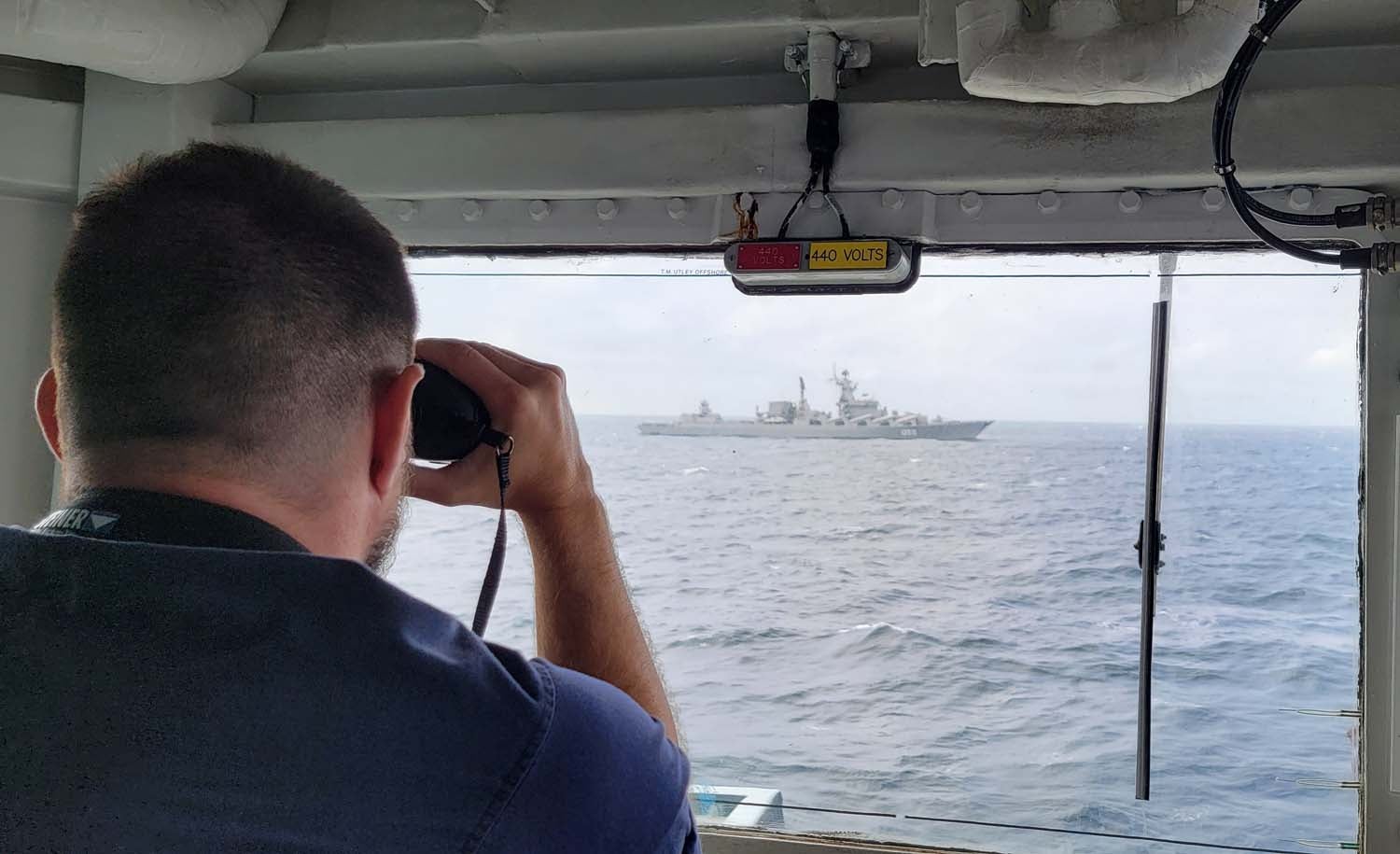
Naval forces of Nato and allied nations have monitored the movement of Russian Navy warships in the North Sea and Celtic Sea region.
Russian vessels transiting in the region were an Udaloy-class destroyer Vice-Admiral Kulakov and a Slava-class cruiser Marshal Ustinov, along with support ship Vyazma.
Before the latest transit in the English Channel on their journey to return home, the three vessels were reportedly deployed in the eastern Mediterranean region.
This was after the Russian task group supported the invasion of Ukraine in February.
According to the UK Royal Navy (RN), its three Type 23 warships, including HMS Lancaster, HMS Westminster and HMS Richmond, were working alongside the Nato forces to shadow the Russian warships.
However, Nato Allied Maritime Command (MARCOM) said that the forces on watch did not observe any ‘aggressive behaviour’ from the Russian vessels.
How well do you really know your competitors?
Access the most comprehensive Company Profiles on the market, powered by GlobalData. Save hours of research. Gain competitive edge.

Thank you!
Your download email will arrive shortly
Not ready to buy yet? Download a free sample
We are confident about the unique quality of our Company Profiles. However, we want you to make the most beneficial decision for your business, so we offer a free sample that you can download by submitting the below form
By GlobalDataThe forces remained vigilant and ready to adapt to any changing tactical situations.
The latest mission was coordinated by the Standing Nato Maritime Group 1 (SNMG1), which is presently under the Royal Netherlands Navy’s command, and Maritime Operations Centres of the allied navies.
SNMG1 is Nato’s very high readiness task group, consisting of warships from Germany, the Netherlands, the UK, Portugal and Norway.
This operation was undertaken by Nato ships as part of the larger allied military presence to maintain maritime situational awareness in the Atlantic and North Sea regions.
Nato Surface Forces Commander and German Navy rear admiral Stefan Pauly said: “Routinely monitoring areas and activities of interest to maritime security of alliance nations is an important part of Nato’s responsibilities.
“It creates overall maritime awareness and contributes to safety of navigation for international maritime community.”



